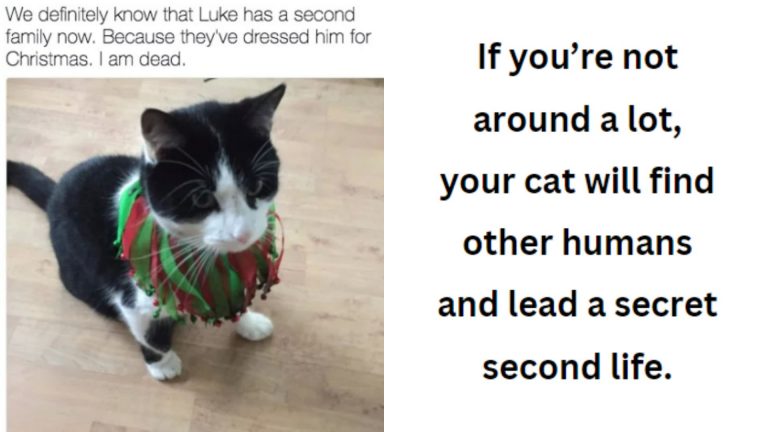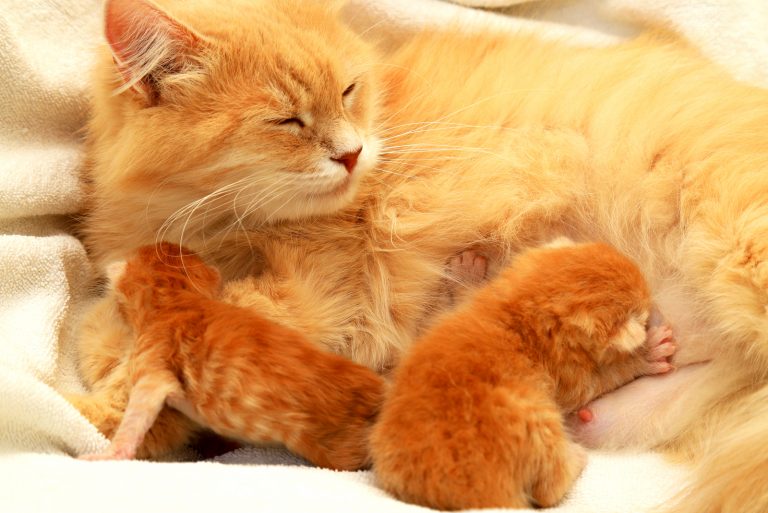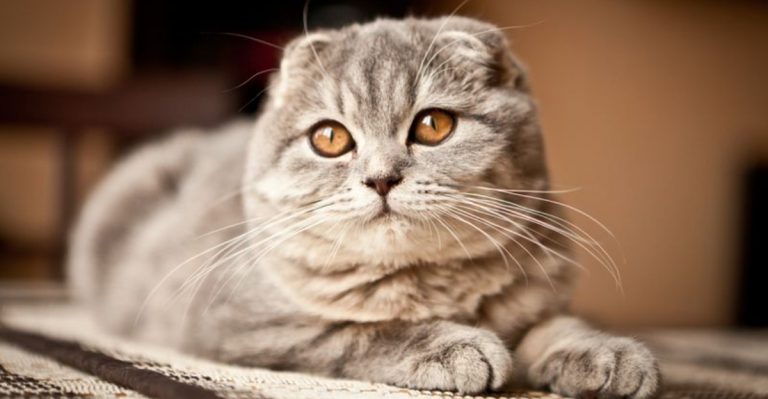Cat Claw Infection – Possible Causes & Solutions!
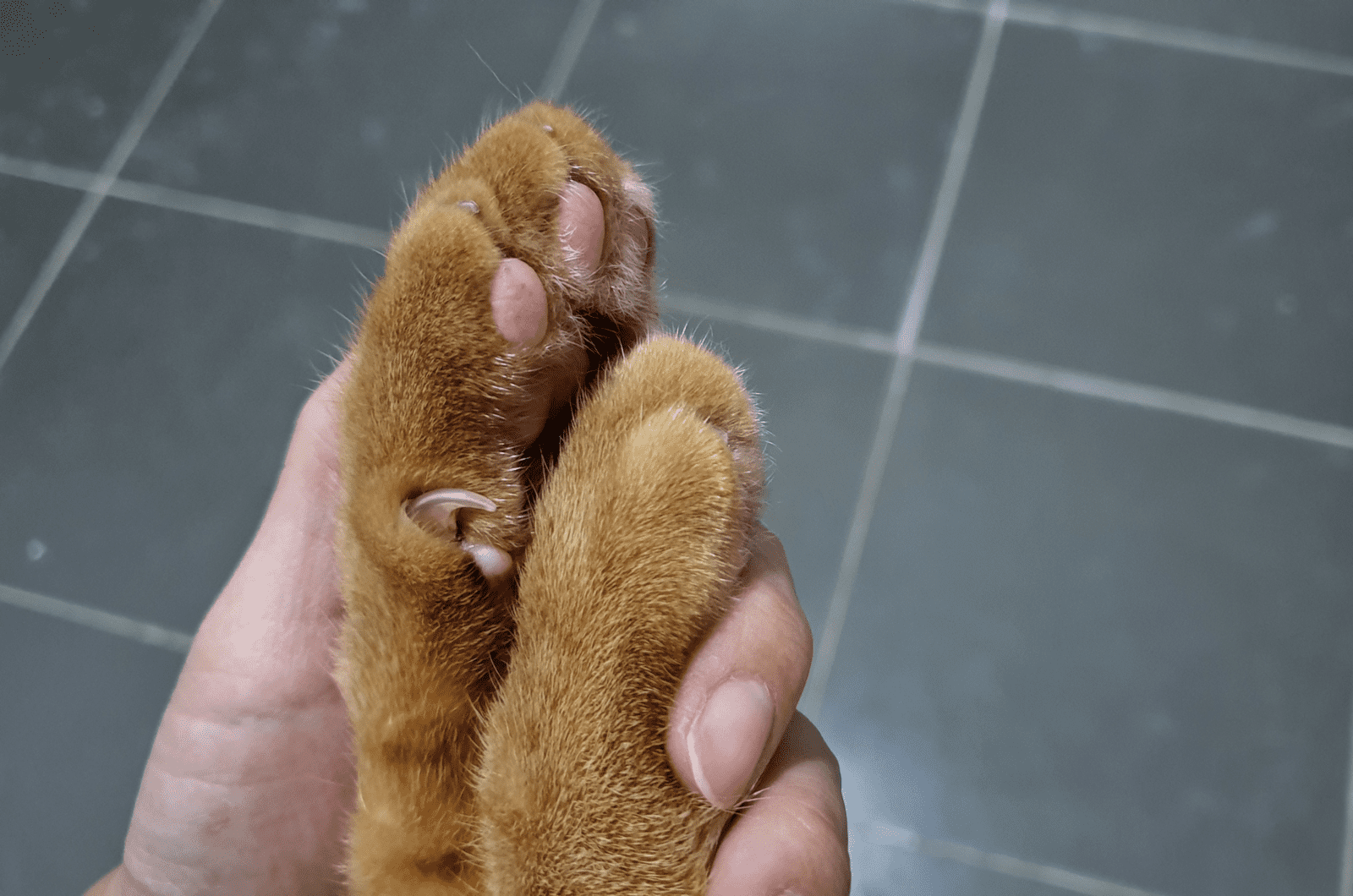
Cats aren’t usually prone to claw problems, but that doesn’t mean it can’t happen. Claws are very important to cats for many reasons.
Without them, they wouldn’t be one of the best hunters in nature.
If a cat has strong, healthy claws, she’ll be able to hunt prey, defend herself if needed, mark her territory, groom herself, climb, and move imperceptibly in her environment.
Cats usually have healthy claws, however, problems such as a cat claw infection may occur. Because cat claws are so essential to cats, it’s very important to recognize the signs of infection in order to react quickly and prevent it from deteriorating.
So, if you care for your cat’s health, then you need to be able to recognize the danger signs. Stay with me and read on in order to learn some very useful facts about cat claws!
Cat Claws – Importance!
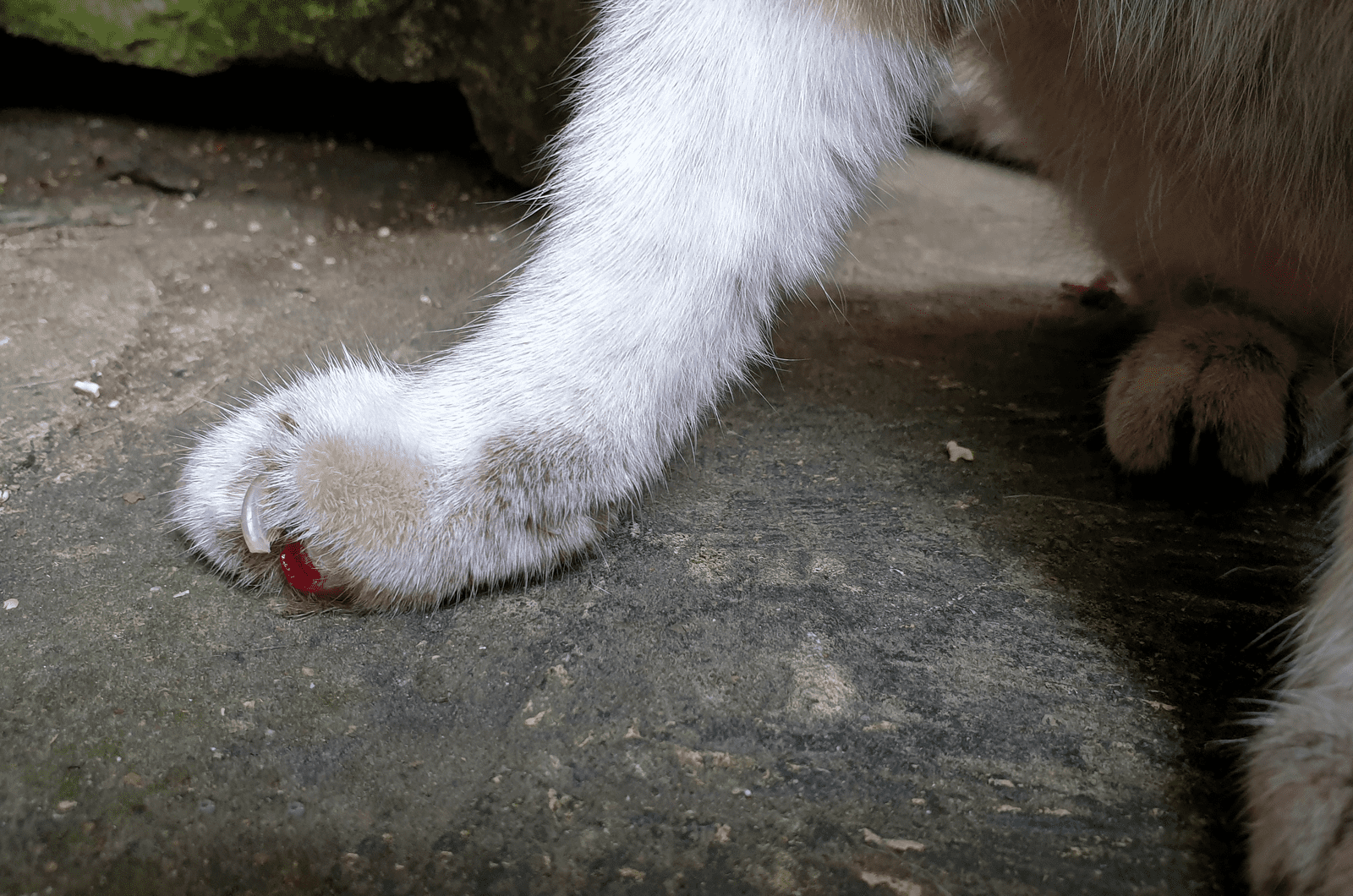
Cat’s nails are very strong because they’re made of multiple layers of keratin. The cat’s paw actually consists of a nail bed which is connective tissue located under the nail and connected to the toe.
Usually, this part of the cat’s body is very resilient to damage, but you should be aware that claw problems can occur.
Cat’s claws are extremely important for them. Without their claws, cats wouldn’t be such skilled predators in nature; their claws enable them to do many different things.
With their claws, they’re able to hunt prey and basically tear it apart if they want. Besides that, claws help them hold onto specific surfaces, so they can climb, jump, or even move around without being heard.
Cats probably wouldn’t survive in nature without their claws, because they are also their defense system. They use their sharp claws to defend themselves from anything that might pose a threat, and they are incredibly skilled at this
Besides attack and defense, cat claws also serve to mark their territory. Believe it or not, cats have glands in their paw pads that secrete pheromones which are unique to every cat. This serves them by warning others not to enter their personal space.
Of course, they also serve them for their personal hygiene, such as grooming, scratching, kneading, etc.
What Are The Signs Of Cat Claw Infection?
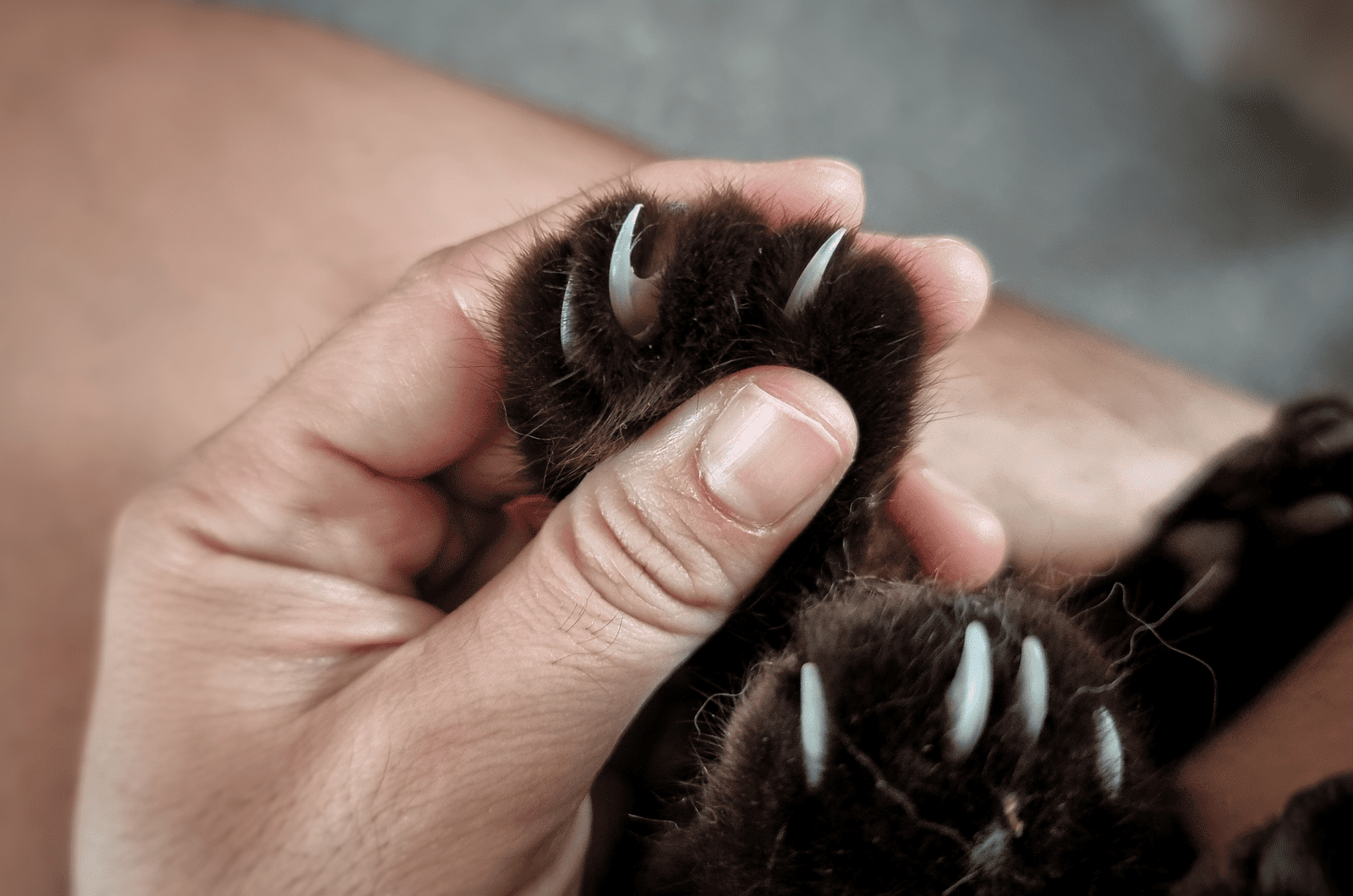
As we have seen, cats may have urgent problems with their claws that need to be treated right away. Disease that impacts claws can range in severity. It may be an infection, dystrophy, or some other problem.
However, no matter how serious the problem is, the most important thing for you to do is to be able to recognize a claw infection so that you can react quickly and get your kitty back on its paws again as soon as possible.
If you’re not familiar with this particular problem, here are some signs of infection that you should look out for:
• Limping
• Lameness
• Excessive licking of the paw
• Deformity
• Swelling
• Color change
• Redness
• Pain
• No scratching
• Crusts
If you notice these symptoms, then you should contact your veterinarian and let him examine your cat’s paws. He may take a skin scraping from a cat’s nail and send it to a lab for further analysis in order to find the underlying cause of the infection.
Possible Causes Of Cat Claw Infection
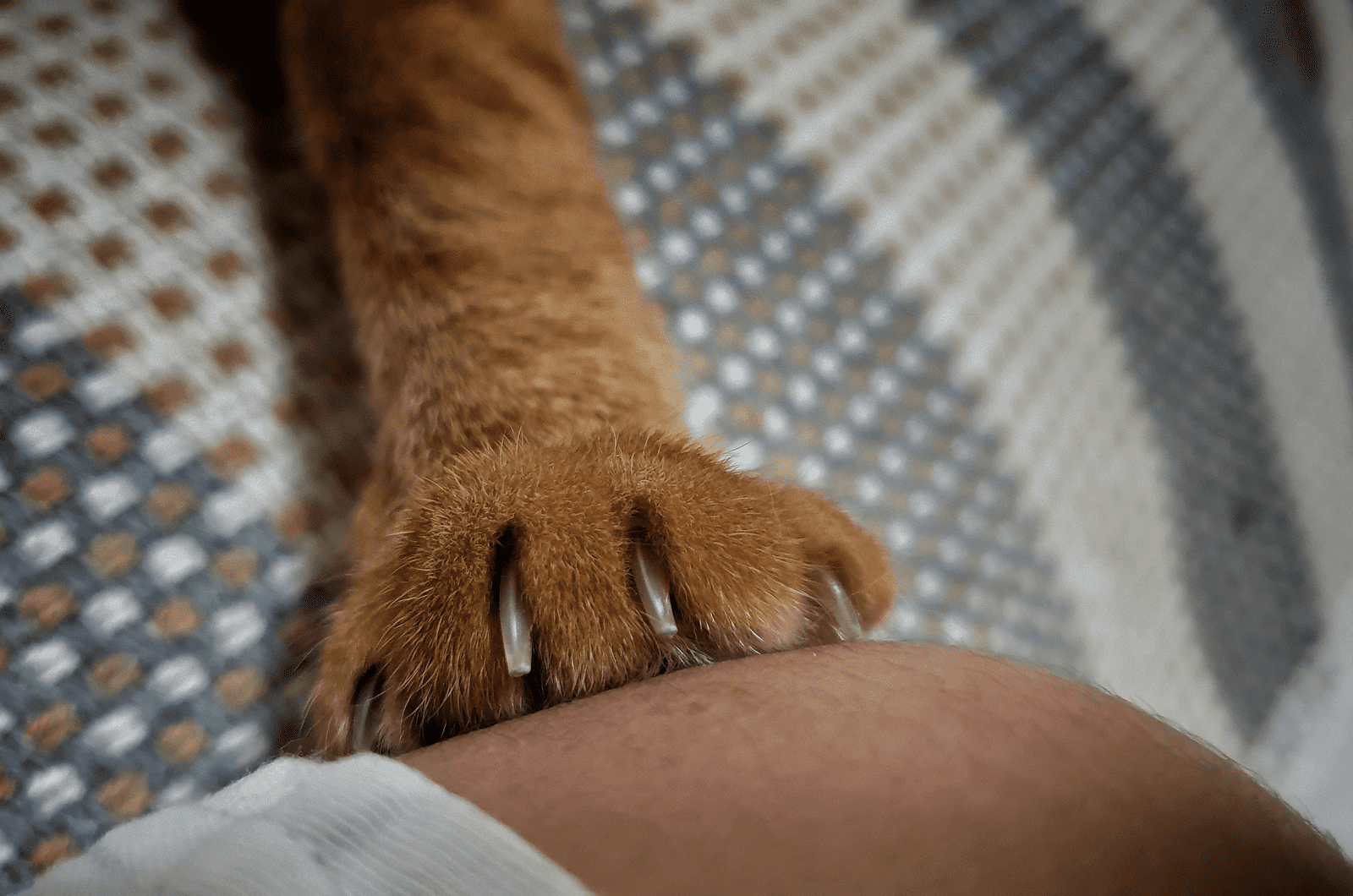
Claw problems may be caused by several different things. Later in the article, we will find out what can cause cat claw infection and other abnormalities.
Paronychia
Paronychia is an inflammatory disease in cats that affects the nail beds. This particular disease is usually caused by a bacterial infection that affects one or two claws. Unfortunately, this infection causes great pain and the cat’s nail may appear thickened and brown in color.
This kind of infection is normally treated with antibiotics, and the infection should go away very quickly. However, if the antibiotics don’t kill the infection, then it may be a fungal infection, caused by feline dermatophytosis, also called ringworm.
Pemphigus Foliaceus
This is an autoimmune disease that produces antibodies that can attack a cat’s nails, nail beds, and even the skin, causing large open wounds that become prone to different infections.
Take this disease seriously, and if you notice signs of infection, don’t wait around too long! Take your feline to the vet, as this disease has to be treated professionally.
Onychomycosis (Fungi)
Onychomycosis is a fungal infection that affects the tissue around the claw. You might suspect fungal infection if you see your cat’s claws are swollen, or shaped differently. Sometimes painful scabs may appear, causing your cat to limp.
Also, you may notice your cat licking its paw all the time, or limping. If you notice these symptoms, tell everything to your vet.
The vet will probably take a sample of the fungal culture for further analysis or prescribe you antifungals or antimicrobial soaks which will help in killing the fungal infection, but you must keep your cat’s paw clean all the time during the treatment.
Onychocryptosis
Onychocryptosis is a medical condition that you might know better as ingrown toenails. The main problem with this health issue is that wounds may appear due to the nail growing into the paw digit and infection may develop.
You may notice this problem if your cat is limping or if she seems to be in pain. Other differences may be noted in the cat’s behavior as she may become nervous and won’t do her usual things, such as running or climbing.
If you notice this, you should visit your veterinarian in order to diagnose the problem, but remember that declawing is not an option. Your cat needs its claws and luckily, there are many other solutions for this problem.
Onychorrhexis (Brittle Nails)
Onychorrhexis is a condition where a cat has brittle nails. In most cases, every nail is affected. This may be the consequence of nail injury, or it may be because your cat doesn’t receive important nutrients which are important for the healthy development of a cat’s nails and skin.
However, the vet will know exactly what your cat needs. They will be able to prescribe appropriate treatment that will eventually make your cat’s nails stronger.
Onycholysis
This is a medical condition that describes the separation of the nail plate from the nail bed. This is the only issue that will require the nail to be removed by surgery, because this is the only way to get rid of the infection completely.
Chipped Nails
This condition isn’t very serious as it doesn’t affect the cat’s normal life, if noticed on time. A chipped mail is a consequence of a broken nail which usually isn’t painful and doesn’t stop your cat from doing all the usual things such as climbing, scratching, and running.
However, if you don’t notice a chip on time, multiple cracks may appear on the nail and it may become painful after some time.
This is why it’s so important that you check your cat’s nails from time to time, and trim them with a clipper properly. If you’re not able to do it by yourself, you can always go to the pet salon, and have your cat’s nails trimmed by a professional groomer.
Tumors And Cysts
Tumors and cysts may also affect a cat’s claws. Usually, these affect the area between the toes, so sometimes, they are barely visible.
If you notice symptoms, such as swelling, redness, or limping, then you should visit the veterinarian to check, just in case. He’ll probably do a biopsy and t check the lymph nodes, followed by an X-ray to see the tumor’s progress.
Here are some types of tumors that may affect claws:
• Mastocytoma
• Osteosarcoma
• Fibrosarcoma
• Melanoma
• Lymphosarcoma
• Neurofibrosarcoma
• Adenocarcinoma
• Keratoacanthoma
Immune-Mediated Disease
Cats may have claw problems due to immune-mediated or autoimmune diseases such as:
• Pemphigus vulgaris
• Pemphigus foliaceus
• Cold agglutinin disease
• Systemic lupus erythematosus
• Bullous pemphigoid
Unfortunately, these types of health issues cannot be fully cured, but they can be treated with corticosteroids in order to keep their immune system and the disease under control, thus making your cat’s life easier.
Nail Trauma
Nail trauma or injury may lead to many different nail disorders. Usually, cats receive a wound from an injury which can then become infected. It’s very important to react on time in order to prevent an injury from becoming infected.
Make sure that nail trimming is regular and on time, in order to reduce the risks of claw injuries and infections.
Cutting The Nails To Close To The Nail Bed
You have to be very careful when trimming your cat’s nails because if you cut them too close to the nail bed, you can hurt your cat.
Nails do contain nerves and blood vessels, so if you trim too much, you can cause an injury which may cause pain and potentially lead to an infection.
So, make sure that you trim just the end of the nail, as that is the part of the nail that goes beyond the nail bed. If you don’t know how to do it, let an expert do the job!
It’s a good idea to provide your cat with a few scratching posts so that they don’t have overgrown nails, and then you won’t have to trim them as frequently.
Skin Inflammation
Sometimes, the skin around the nail may become inflamed and that needs to be corrected surgically in order to protect your cat from further infections and possible skin diseases.
Related: Best Advice For Dealing With Unhealthy Cat Claws
How To Treat A Cat Claw Infection?
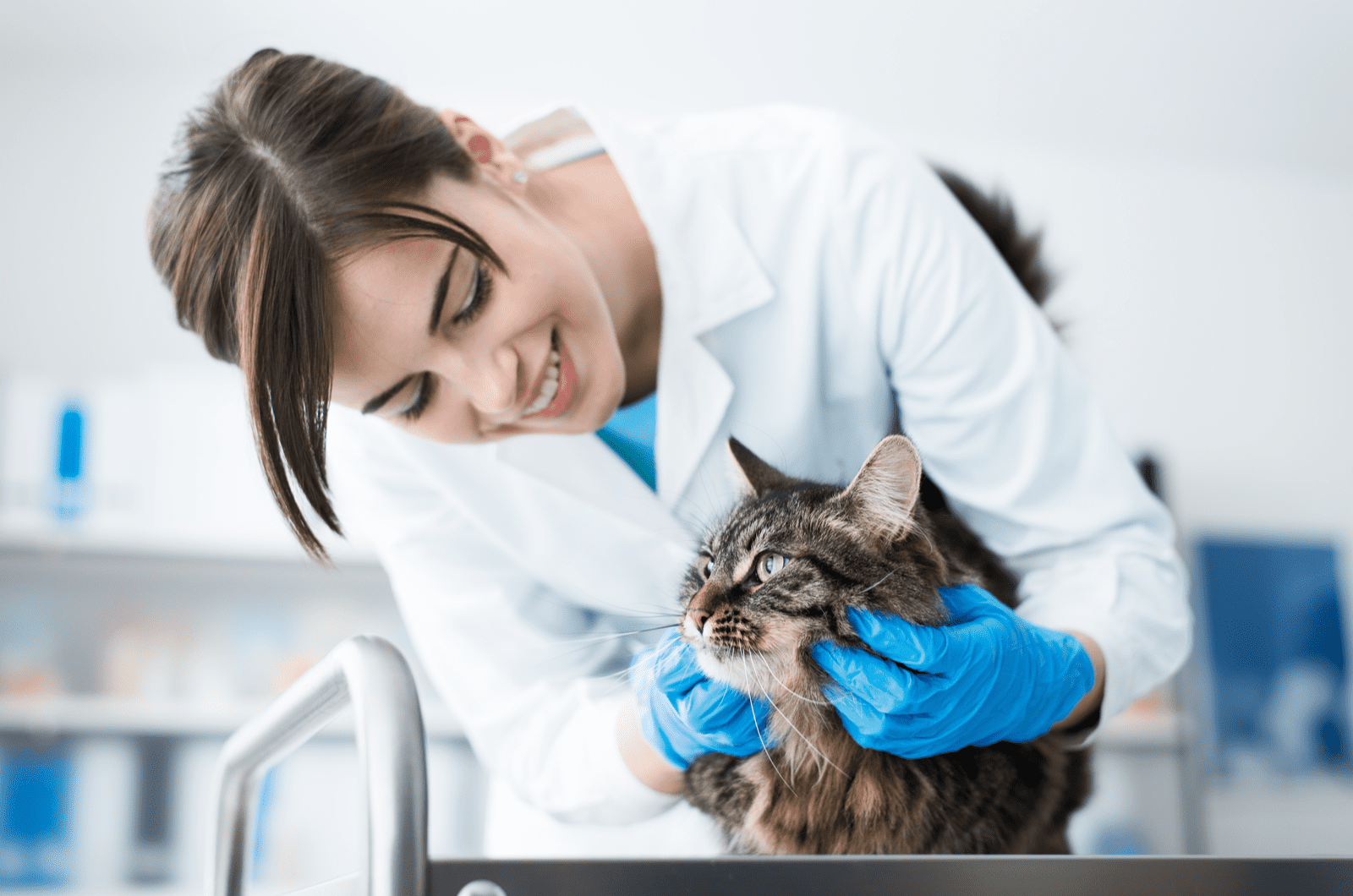
The treatment of a cat claw infection depends on the type of the infection. Because of this, it’s very important that you get your vet to diagnose the problem in order to give your cat the appropriate treatment or therapy.
The treatment of infection is very important for both you and your cat.
If you pay attention to your cat’s health, then you’ll be able to prevent the development of serious infections and diseases such as cat scratch which can be dangerous for both you and your cat.
How Can I Treat My Cat’s Infected Nail At Home?
The best thing to do is to let the veterinarian do the job properly because he knows best. However, you can do the following things to protect the wound until you get to the vet surgery.
You can apply antibiotic ointment to the injured area and bandage it to prevent contamination or infections, or even to prevent bleeding if necessary.
Why Does My Cat’s Nail Keep Getting Infected?
If your cat’s nails keep getting infected, maybe you aren’t trimming them properly, or a previous course of antibiotics didn’t completely get rid of the infection, so it keeps coming back.
The important thing is to take good care of your cat’s nails or let an expert do the nail care professionally. Also, if your cat has had an infection previously, make sure that the infection is completely gone before stopping treatment.
You should take your cat to regular vet check ups, he’ll know the best way to care for your cat’s unique health needs!
How Long Does It Take For A Cat’s Nail To Heal?
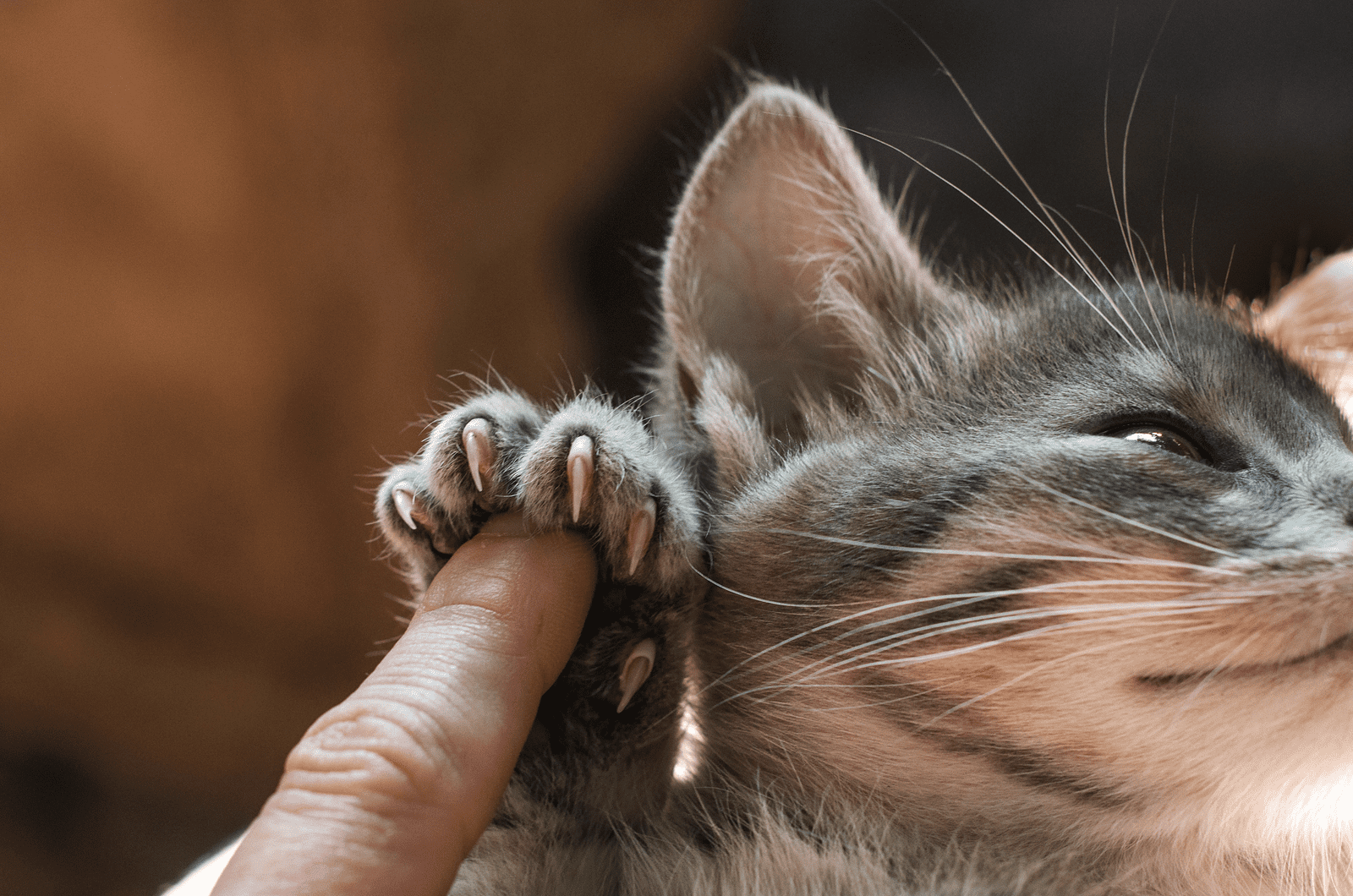
It all depends on the type of the injury and infection, but usually, a cat’s claws will be fully recovered after 3-6 weeks. With appropriate therapy, there’s no need to worry.
When Should I See The Doctor If My Cat’s Nail Doesn’t Heal?
If your cat’s claw continues to be swollen and red after a day or two, then you should go to the vet because it should be beginning to heal and the vet can give you tailored advice on how to proceed.
Also, if your cat’s bleeding and you can’t stop it, that’s another serious sign that you should rush your cat to the vet.
What Can I Do If My Cat’s Nail Is Bleeding?
If your cat’s nail starts bleeding after cutting it, you should use a piece of gauze or a clean towel and put it on the injured place and press it in order to stop it from bleeding. If the bleeding doesn’t stop, you should take your cat to the vet so they can take care of her properly!
Prevention Tips!
It’s very important to keep your cat’s nails strong, clean, and healthy. This will minimize the risk of infection. Make sure you trim just the end of the nails to prevent hurting the cat’s nerves and leaving her open to infections that may occur after using the litter box or walking around outside.
Also, provide your cat with scratch posts, so that she can prevent overgrown nails by herself.
Don’t choose surgical removal of the cat’s claws as they’re an important part of their body. Besides hunting, claws are important for them to jump, climb, and hold onto different surfaces. Besides that, claws play an important role in a cat’s personal grooming, so you don’t want to take all this away from your cat!
Also, make sure you always clean your cat’s paws, because with clean paws, it’s less likely she’ll get an infection if she gets hurt.
Hopefully this has helped you understand claw problems and see that they are something which has to be taken seriously. For more information, you can always consult with your vet or other expert to put your cat’s health first.
Final Thoughts
Every part of a cat’s body has its special function. Claws enable them to do many different things. Besides hunting prey and functioning as a defense mechanism, claws enable them to move carefully in their surroundings, as well as to climb and jump on different surfaces.
Cats also use their claws for their “wellness time” (grooming and kneading). This is why it’s so important to take proper care of your cats’ claws, making sure they’re always clean and healthy.
You shouldn’t neglect them because that’s the fastest way to end up with a cat claw infection, and you definitely don’t want that to happen.
Now you know what can cause claw infections and how to recognise the symptoms so you can react quickly when you notice a problem.
Different infections and problems require different treatment, so it’s always best if you consult with the vet instead of taking things into your own hands!


